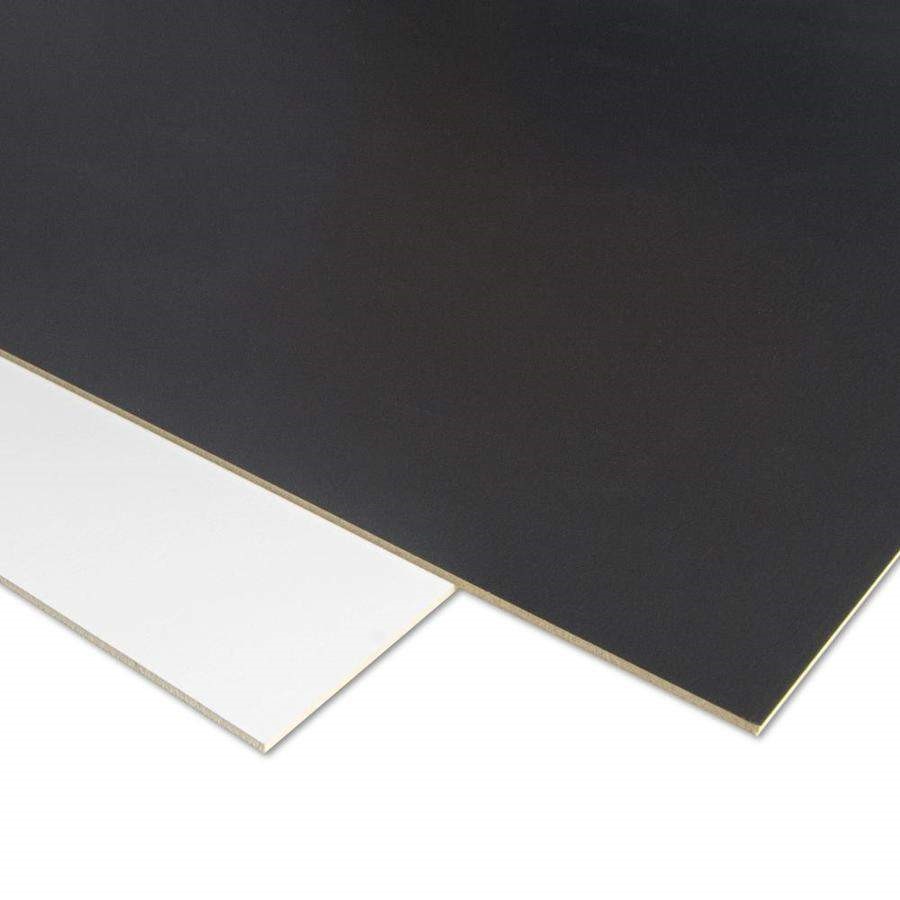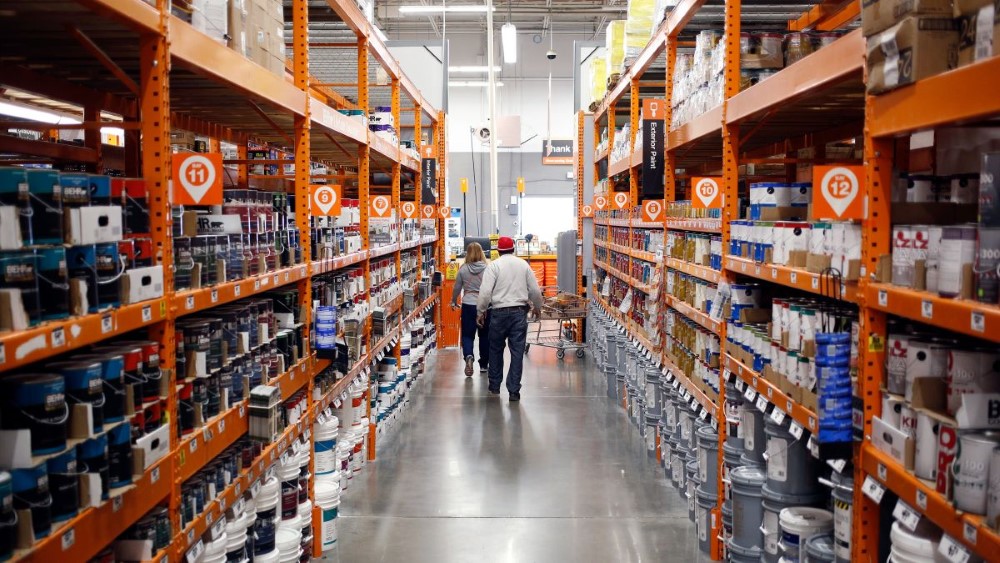Pickguards (2/2)
Masonite Pickguards

I've been experimenting with the dry-erase material from Lowes, and this may be the new loothery wünderstöff !!! ( Home Depot also has dry-erase board, but it is a little thick for this use. )
The faces, black on one side, white on the other, are impervious to every solvent I have thrown at it. I even cleaned dried Crazy Glue off it with acetone, with no harm. It is also unaffected by heat. I tried to get it to blister off with a heat gun, and got no effect at all.
It is extremely hard and resistant to hits that would ding up a wood body. The finish is resistant to fingernail and pick scratches, unlike regular plastic. Any damage that penetrates the surface can probably be fixed with nail polish and buffed out.
The surface is glossy, but not glassy, there is a bit of leathery grain to it, but it is consistent overall. The 1/8" thickness is stiff enough for bodies and thin enough for pickguards. For a pickguard, use a square edge, not a bevel. The stock color is a light tan, which can be changed with an ordinary Sharpie pen. In addition to black, I tried red, green, blue, and silver, and they all give nice color, although the silver has a rough finish. For a body edge, I would recommend a 45-degree bevel rather than a roundover.
It can be worked like any other wood product. I have had good results with sanding, routing, and filing. Sawing may chip the finish a bit, but routing comes out very clean. Belt sanding results in feathery fringes of finish, which clear away easily with a file, giving a fine sharp edge.
This material requires no finish, indeed, I think any attempt to apply a finish to the slick surface would probably fail. Likewise, normal water-based wood glues are going to slide right off. That was the point of my experiment with the heat gun. However, the thin finish can be sanded off, albeit not easily, which is a good sign for long-term durability. Once you get the finish off one side, the underlying material takes glue as ordinary masonite would.
The one drawback of this material is that the underlying masonite is prone to water damage - it swells permanently after wetting. However, I've wetted scraps of this, and they seem unaffected. I had to soak it in warm water to get it to swell. That doesn't bother me, that level of abuse would ruin the entire guitar.
But sweat happens, so just to be safe, I am sealing the edges of my projects with oil-based poly, several coats, wet over wet, so it soaks in. This leaves the finish of the edge unaffected, but just slightly darker. Any coloring should be done first, to seal it in. Before it dries, the face can be cleaned up with mineral spirits.
Oh, I almost forgot - the all-important tap test. When tapped, this material presents strong highs and lows, while accentuating the middle frequencies. Overall, it has a warm, yet piercing quality, with a hint of boominess.
So there you have it - a truly amazing new loothery material, for six bucks a sheet !!!


Questions or Inquiries?
Just want to say Hello? Sign the .